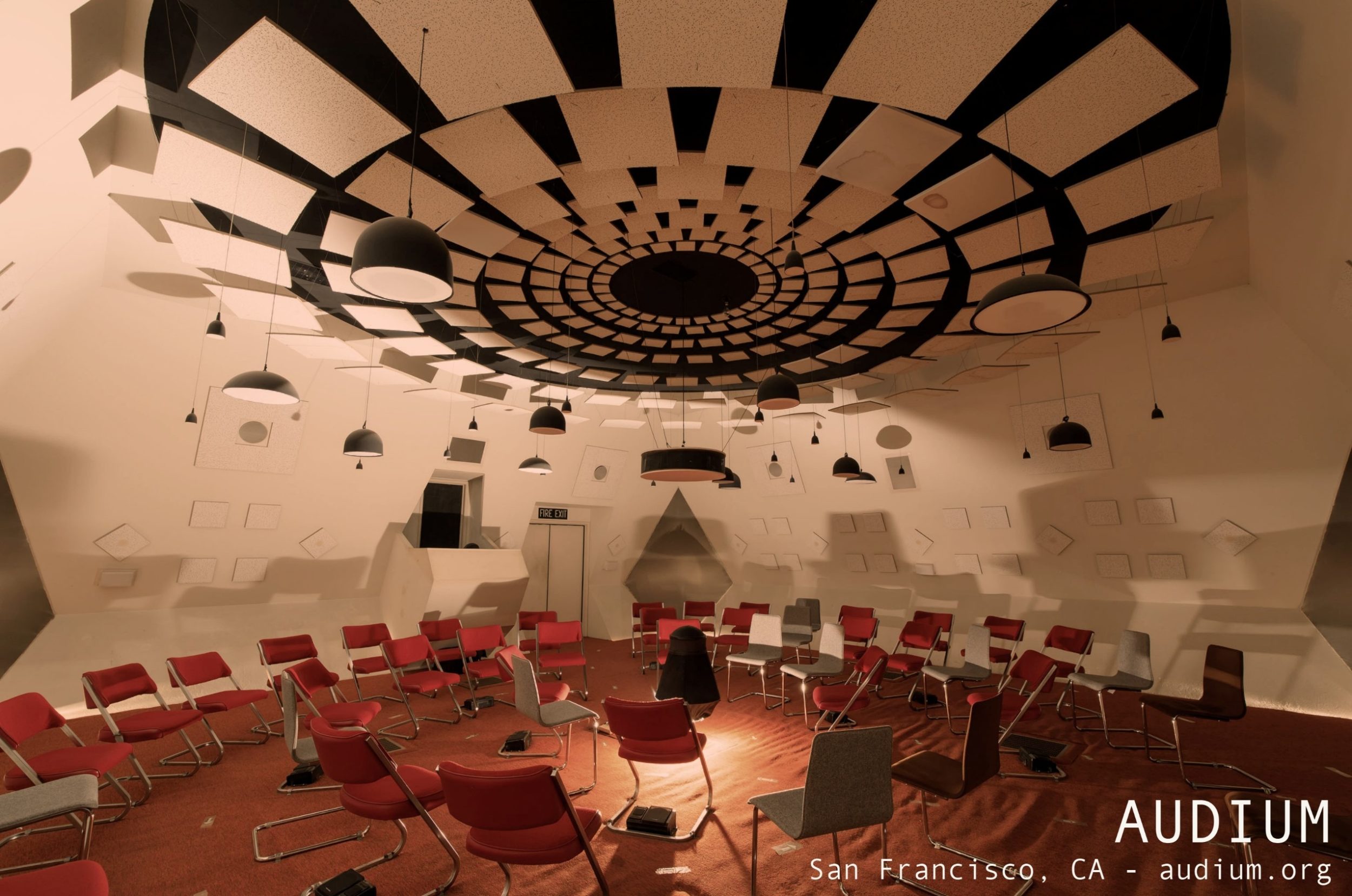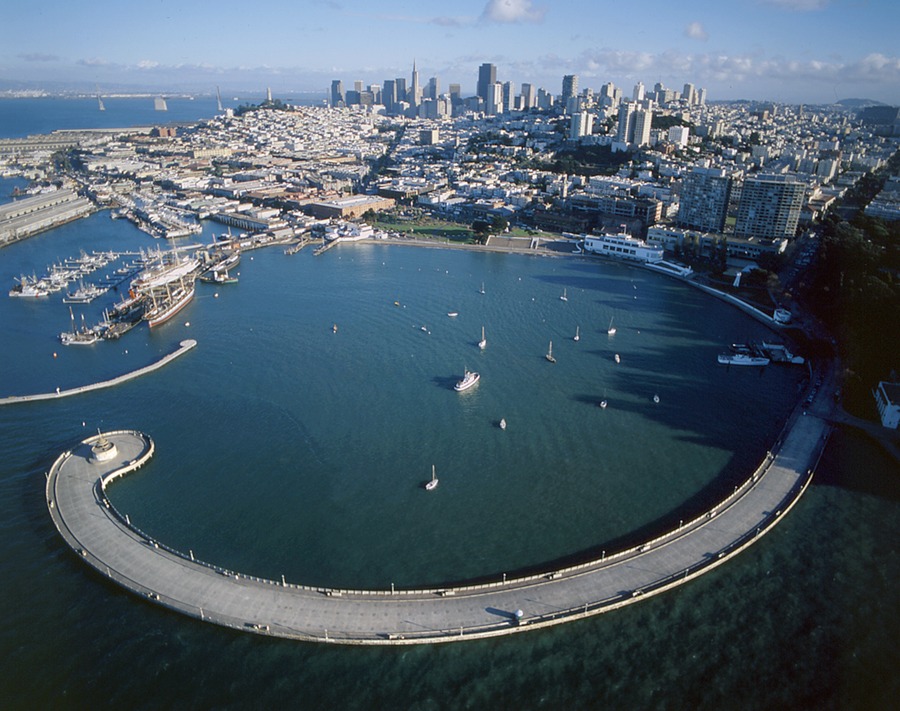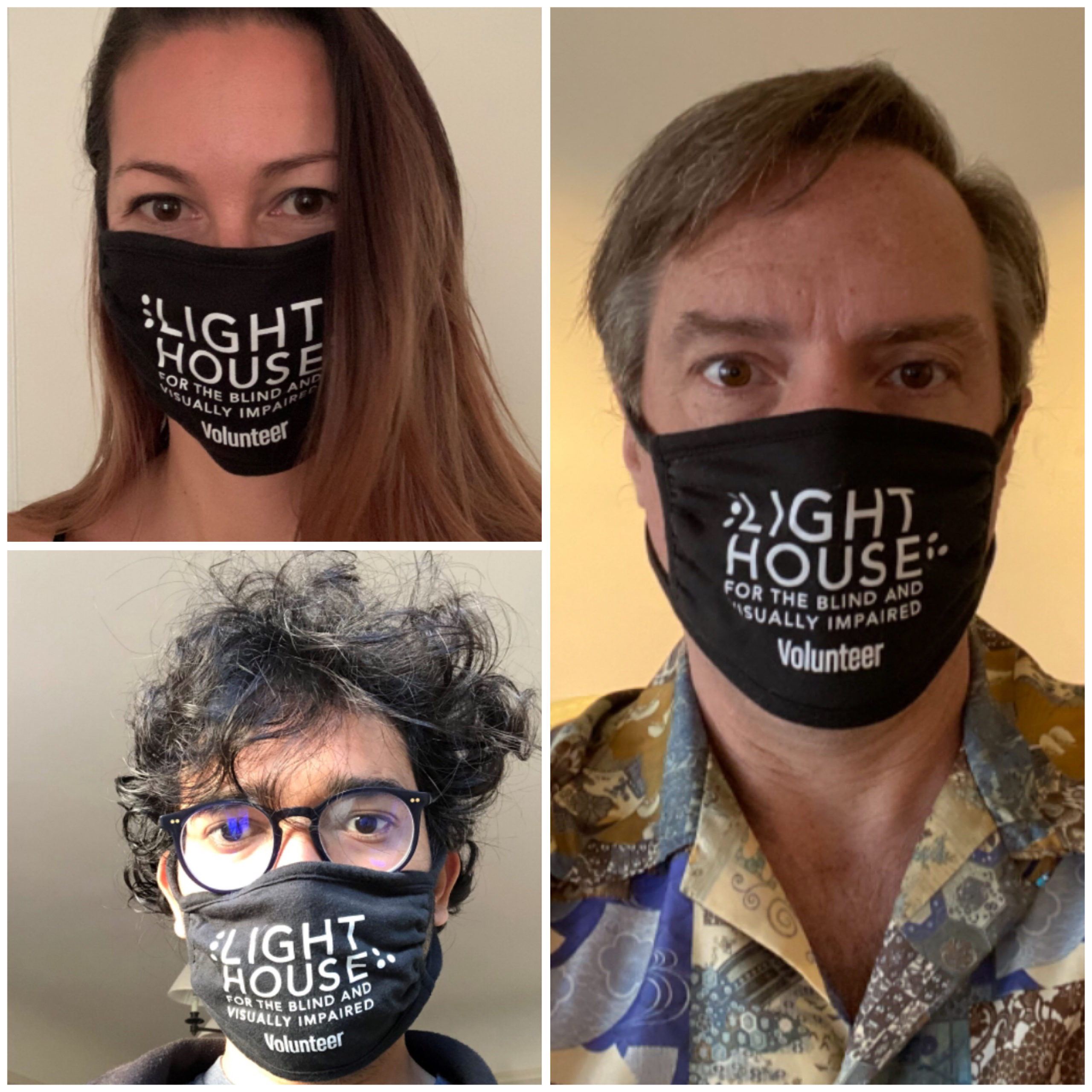Audium Offers a Journey Through San Francisco Neighborhoods By Sound
By Maia Scott, Adult Programs Coordinator
Next Tuesday, the LightHouse community at large will be treated to a private descriptive tour and performance at Audium on Bush St., near Franklin...


